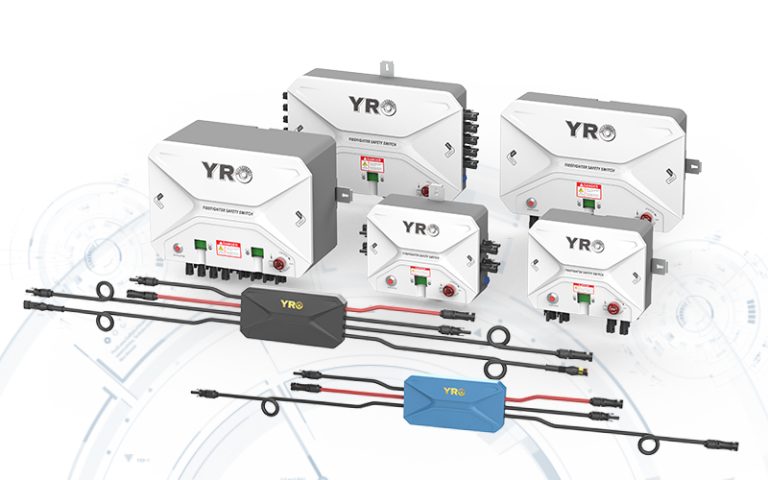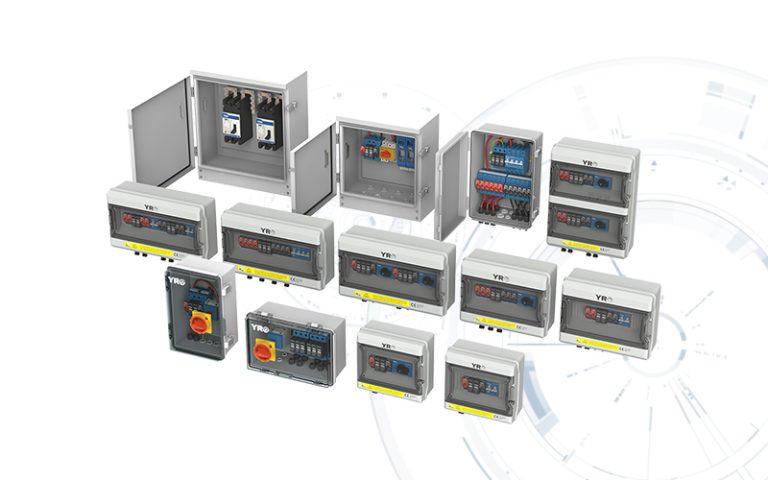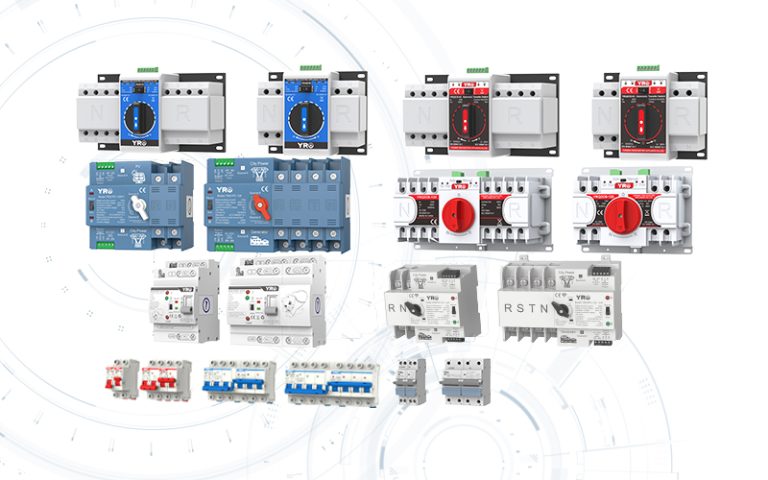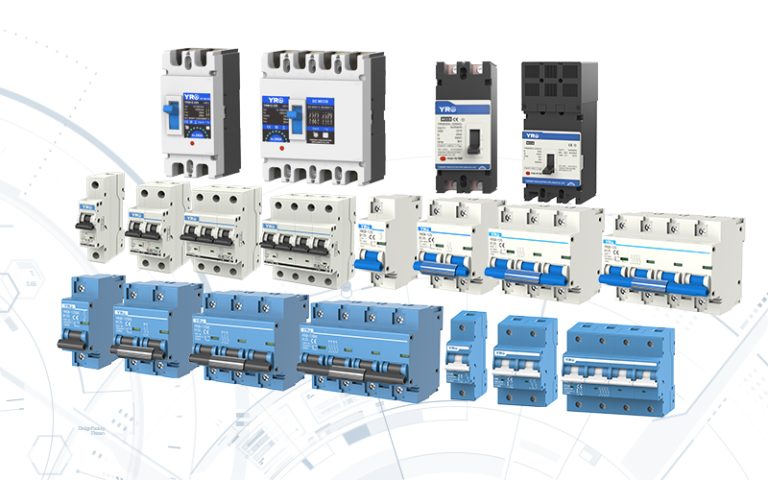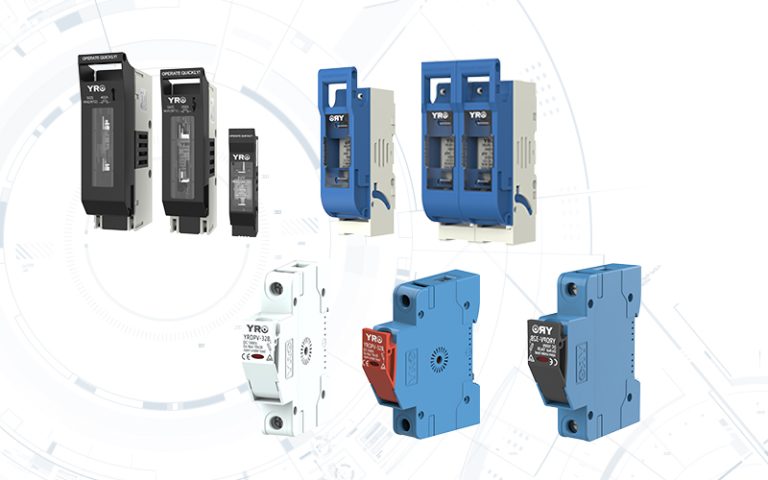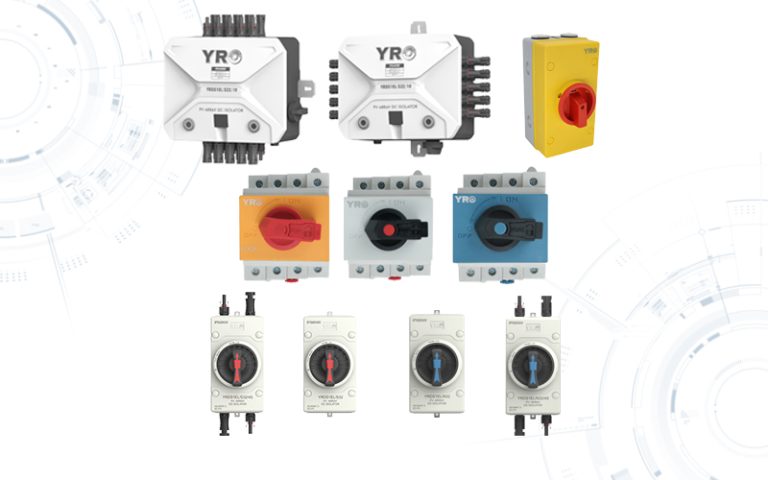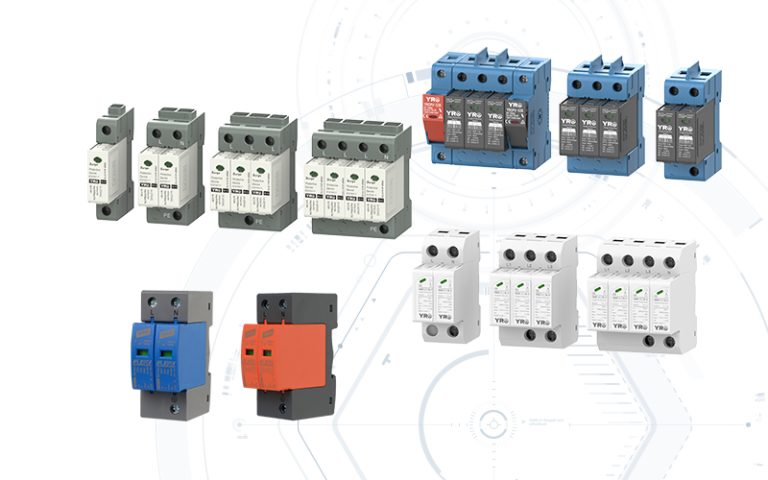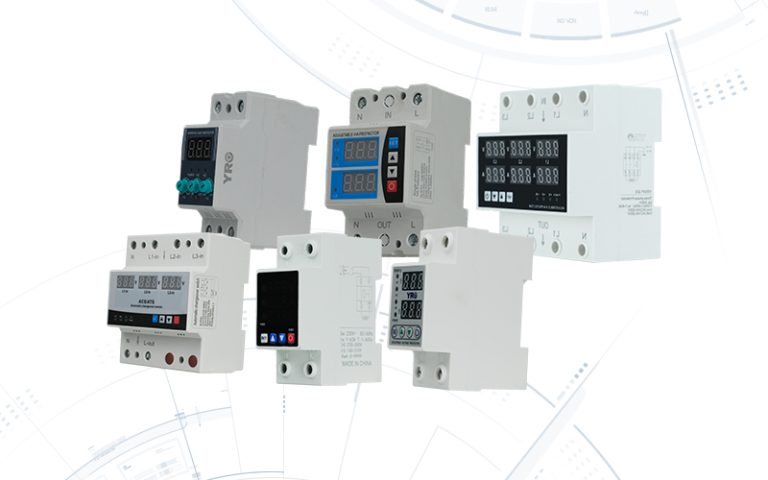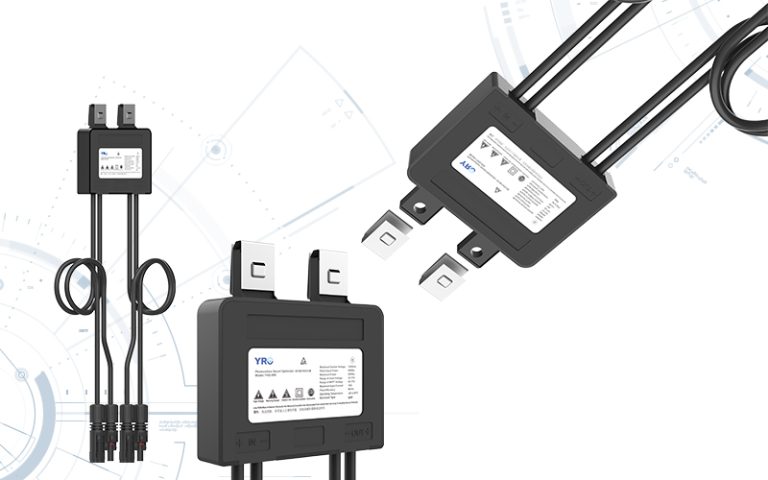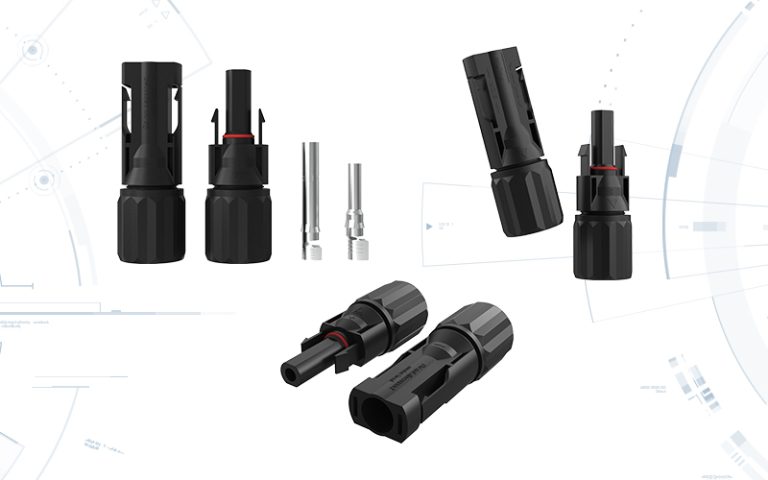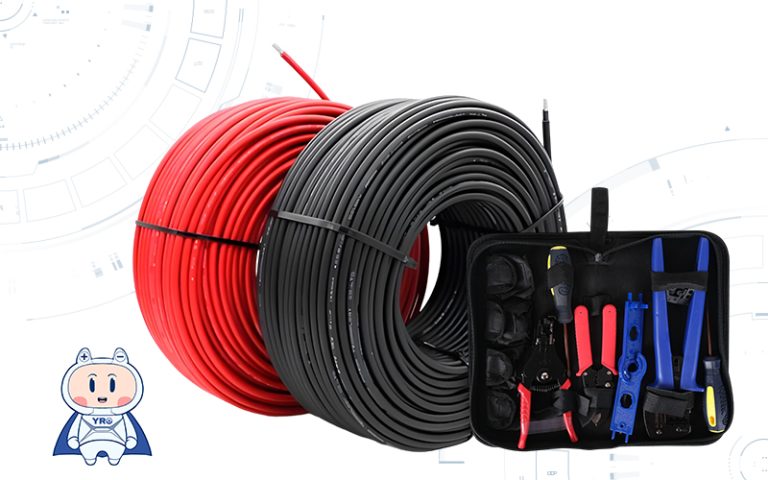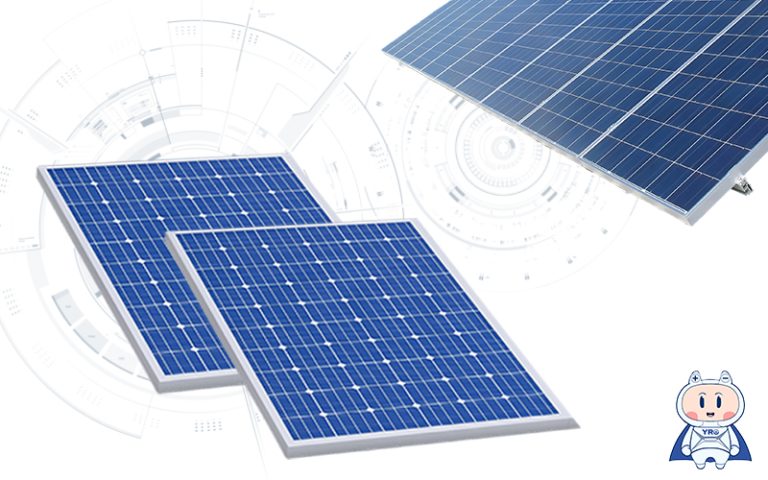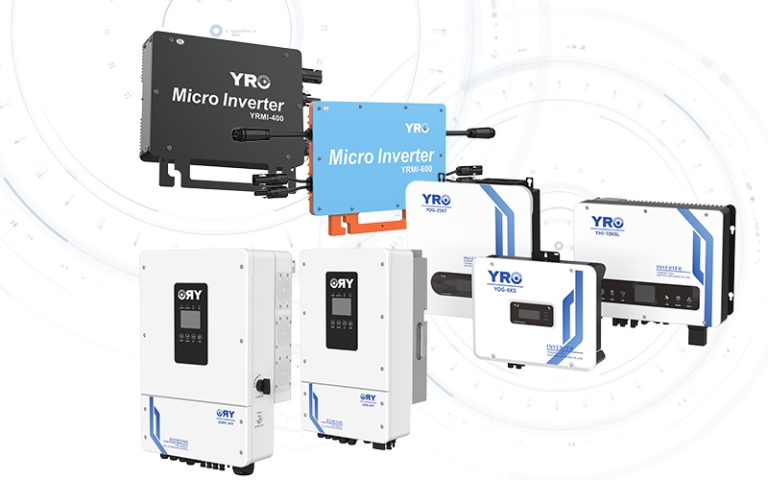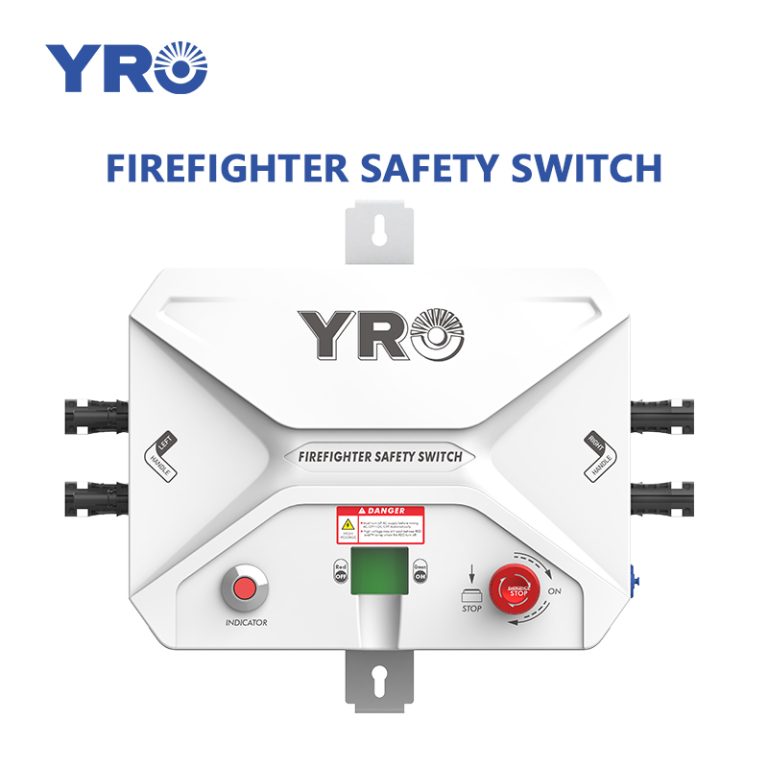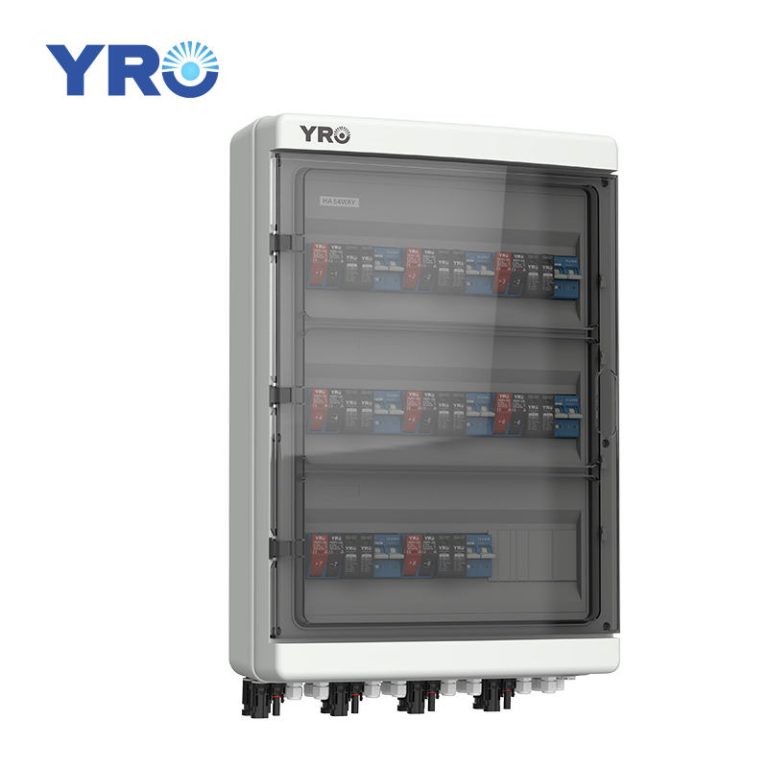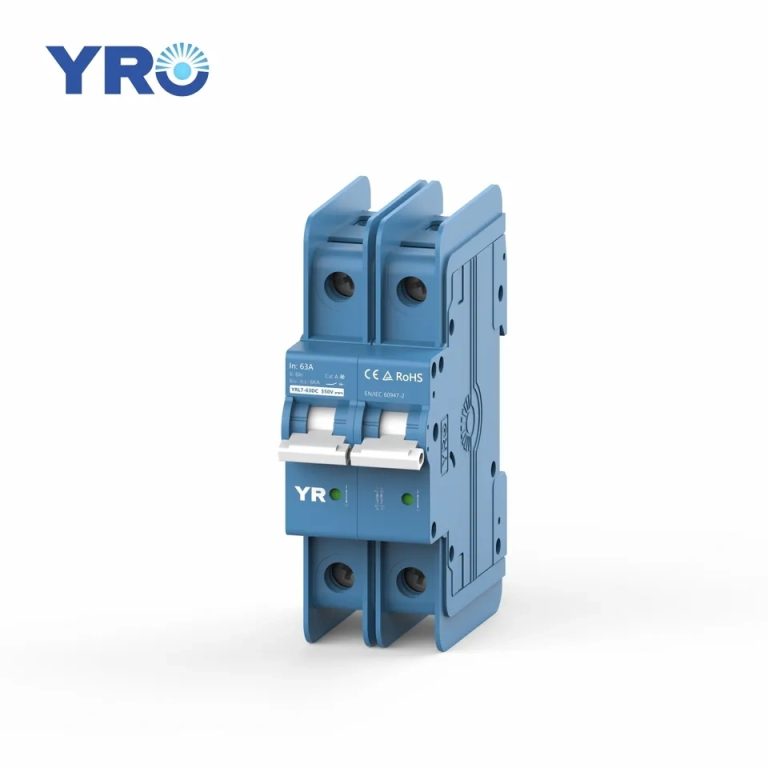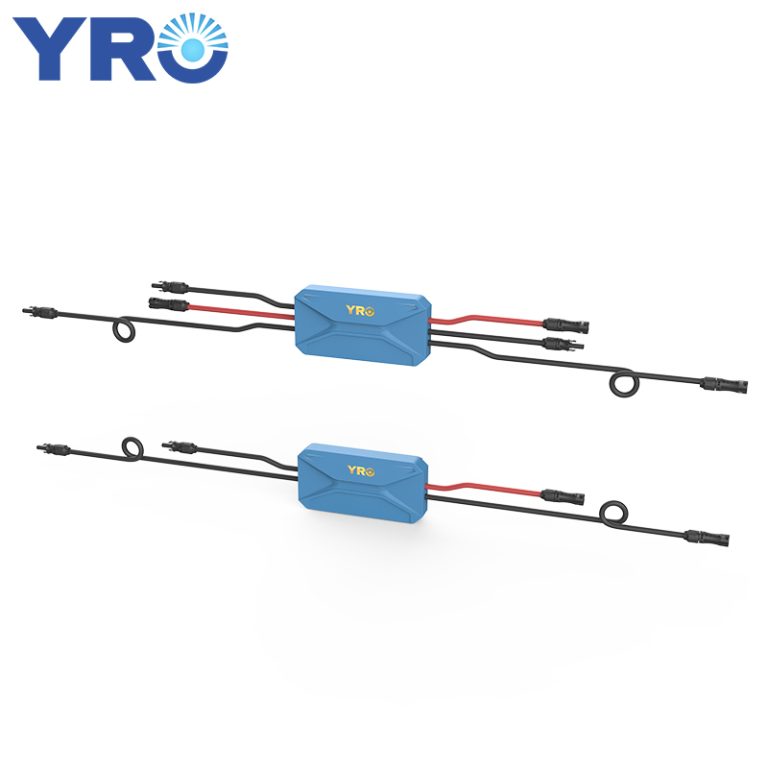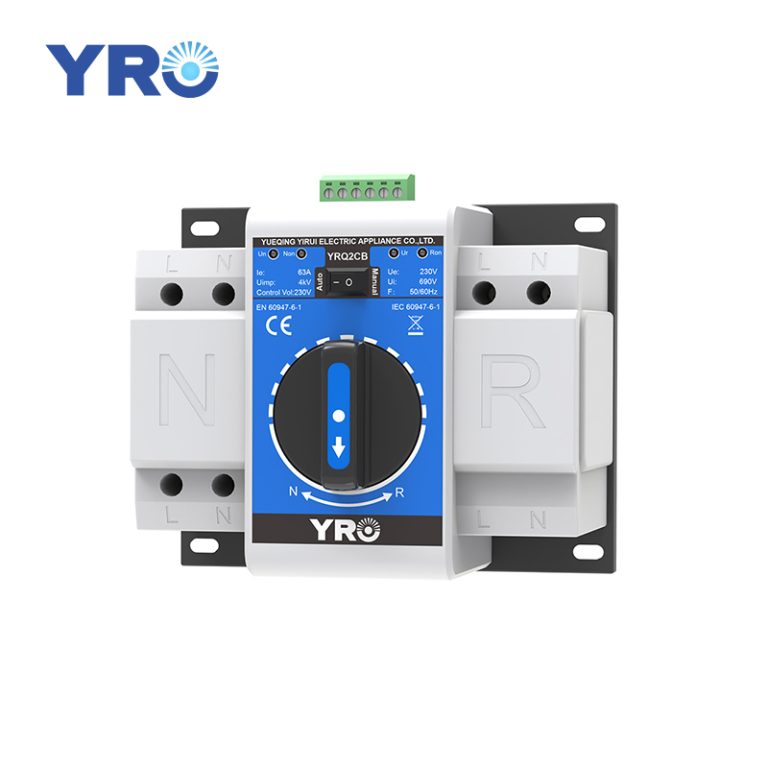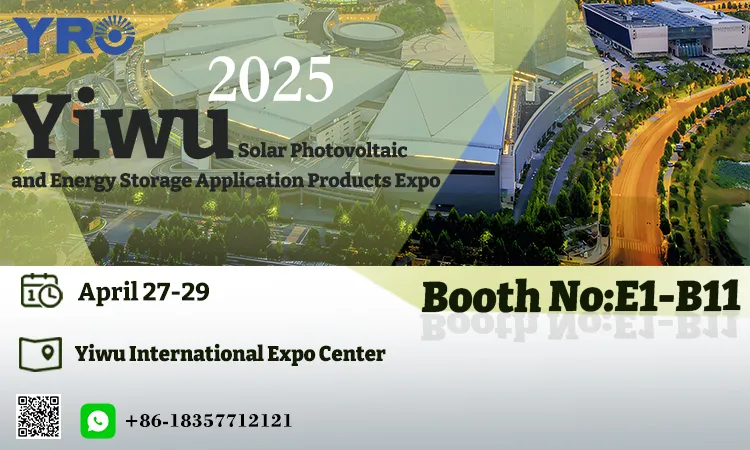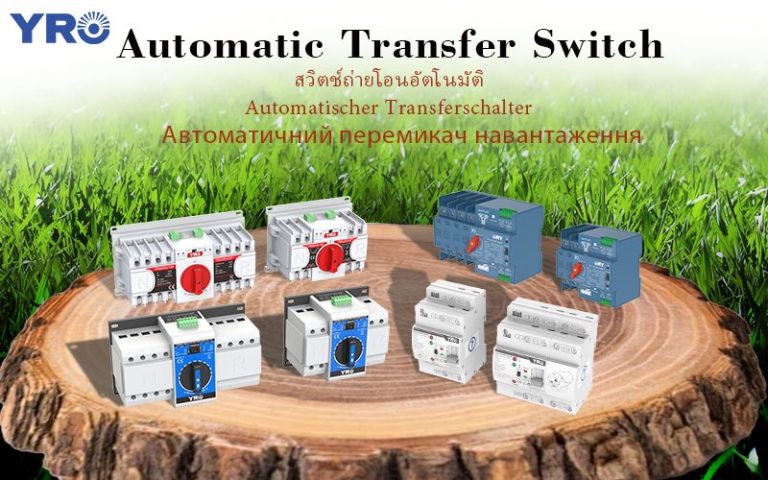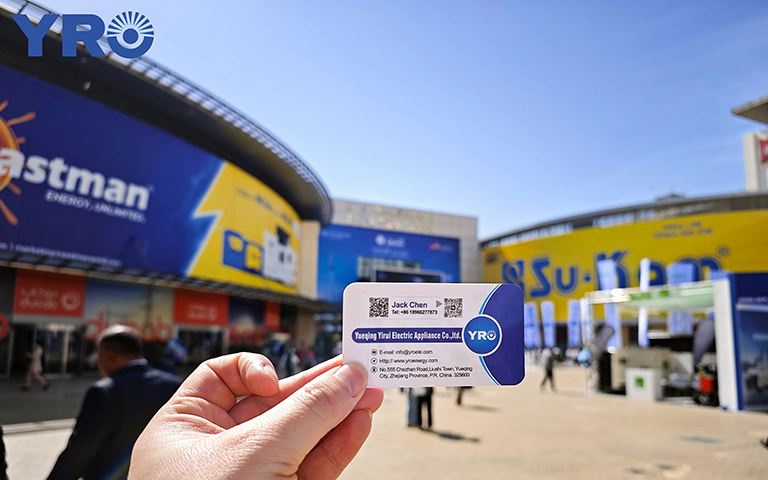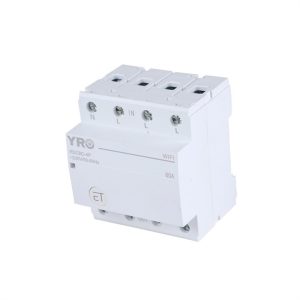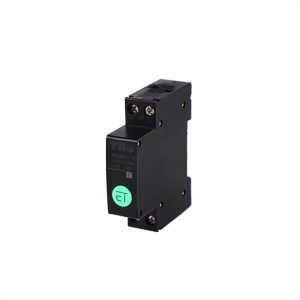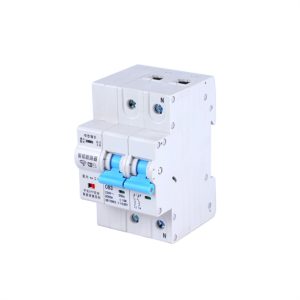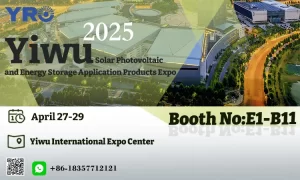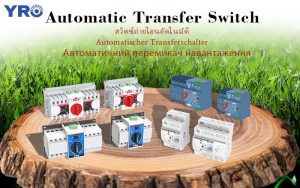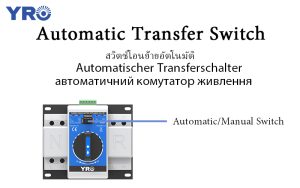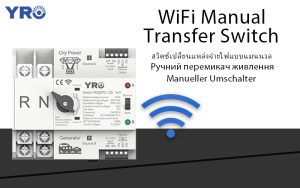In daily life and industrial production, fire safety is always an important issue that we cannot ignore. As an important part of the fire protection system, fire safety switches play a crucial role in case of fire. However, with the popularization of photovoltaic(solar) power generation, system safety has gradually received more attention, especially in emergency situations, how to ensure the safety of personnel, and avoid hidden dangers such as electrical fires has become an urgent problem to be solved.
What Is a Fire Safety Switch?
Fire safety switches, as the name implies, are manual or automatic control switches used in a fire protection system, to turn on or off the main equipment of the fire protection system, such as sprinklers, pumps, and alarm devices.These switches are typically located at emergency exits, fire control rooms, or in easily accessible, visible locations, allowing for quick activation of fire fighting equipment in the event of a fire. Their purpose is to control the spread of the fire and provide valuable time for personnel evacuation.
The main functions of a fire safety switch include:
1、Manual control: Allows personnel to manually activate fire fighting equipment, such as water pumps and sprinklers, to extinguish the initial stage of a fire.
2、Automatic control: Connected to the fire alarm system, automatically triggering fire fighting equipment when fire detectors detect a fire source.
3、Emergency cut off: In specific situations, such as when the fire has spread beyond control, it cuts off non essential power sources to prevent the fire from spreading further.
What is the Connection Between a Fire Safety Switch and a Solar Rapid Shutdown?
Although fire safety switches and solar rapid shutdown systems differ in application scenarios and technical features, they share a common goal of ensuring safety. A solar rapid shutdown system, as an essential part of photovoltaic (PV) system safety, is designed to quickly disconnect PV modules in emergencies, reducing system voltage to a safe level. This helps protect personnel from electric shock and minimizes fire hazards.
The functionalities of solar rapid shutdown systems are similar to fire safety switches in several ways, such as:
1、Current disconnection: Both systems respond quickly in emergencies, reducing system voltage or disconnecting current to prevent accidents from escalating and mitigate risks.
2、Safety protection: A PV rapid shutdown system protects personnel from electric shock by disconnecting connections between PV modules, while a fire safety switch activates fire fighting equipment to extinguish fires, ensuring the safety of both people and property.
However, there are distinct differences between the two. A solar rapid shutdown system is primarily used in PV systems, while fire safety switches are more broadly applied to electrical system protection, particularly for automatic power disconnection in fire and other emergency scenarios beyond the PV field.
Additionally, solar rapid shutdown systems must comply with specific industry standards, such as the National Electrical Code (NEC) requirements for rapid shutdown in PV systems. In contrast, fire safety switches follow national or local fire safety standards and regulations.
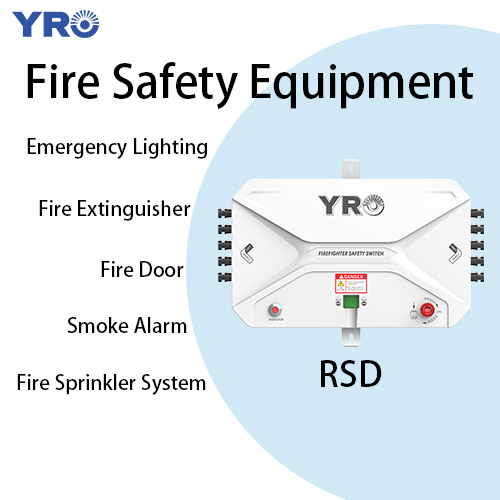
What Are the Requirements for Solar Rapid Shutdown?
The requirements of solar fast shutdown mainly include the following points:
1、Time requirements: A rapid shutdown device must typically activate and, in emergency situations, cut off the current of the photovoltaic system within 10 seconds, reducing the voltage to a safe range. This prevents current flow during a fire and avoids electrical sparks from worsening the situation.
The 10 second time limit is a widely accepted standard based on international guidelines and industry best practices, not just the NEC. It ensures fire hazards are addressed promptly, protecting equipment, personnel, firefighters, and other rescue workers.
2、Safety requirements: A rapid shutdown device is usually installed outdoors, requiring excellent flame retardant properties and protective features.
The protection level must be at least IP65, and the casing material should meet flame retardant standards such as UL94V 0, ensuring durability in harsh environments.
3、Equipment compatibility: The fast shutdown device must be compatible with other components of the photovoltaic system, including inverters and PV modules.
For centralized inverters and string inverters without module level shutdown functions, specific devices are required to achieve module level fast shutdown capability.
4、Signal transmission and reception: The fast shutdown function relies on coordination between a signal transmitter and a receiver.
The transmitter sends the rapid shutdown signal to DC conductors connecting the PV module array and the inverter. The receiver detects these signals and reduces the PV module array voltage to below the standard limit within a defined period.
5、Certification requirements: Equipment designed for module level fast shutdown must comply with relevant certifications to ensure reliability and safety.
Examples include SunSpec certification, NEC 2017 & 2020 (690.12), and other international standards. These certifications validate the functionality and safety of the devices in critical applications.
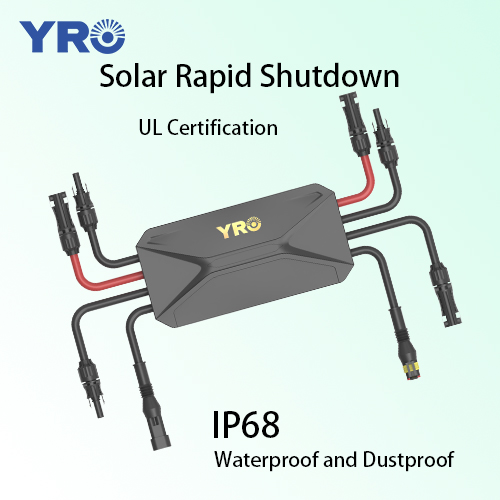
What Are the NEC Rapid Shutdown Requirements?
In the National Electrical Code (NEC), the requirements for rapid shutdown of photovoltaic (PV) systems are primarily outlined in Section 690.12, focusing on the safety of DC power in PV systems.
– 2014 NEC 690.12:
This was the first time rapid shutdown requirements were introduced for PV systems. It mandated that all PV systems installed on buildings must include a rapid shutdown switch to enhance safety during emergencies.
– 2017 NEC 690.12:
The requirements became stricter, specifying voltage limits within defined boundaries. Within 1 foot of the PV array boundary, the rapid shutdown device must reduce the voltage to 80V or less within 30 seconds after activation. For areas outside this boundary, the voltage must drop to 30V or less. This introduced the need for module level rapid shutdown, significantly improving safety standards.
– 2020 NEC:
The terminology was expanded, introducing the concept of PV hazard control systems. These systems aim to ensure that PV systems can be brought into a controlled state during emergencies, effectively safeguarding personnel and equipment.
This evolution of NEC rapid shutdown standards reflects growing attention to firefighter safety, emergency response protocols, and the need to reduce risks associated with PV systems in critical situations.

